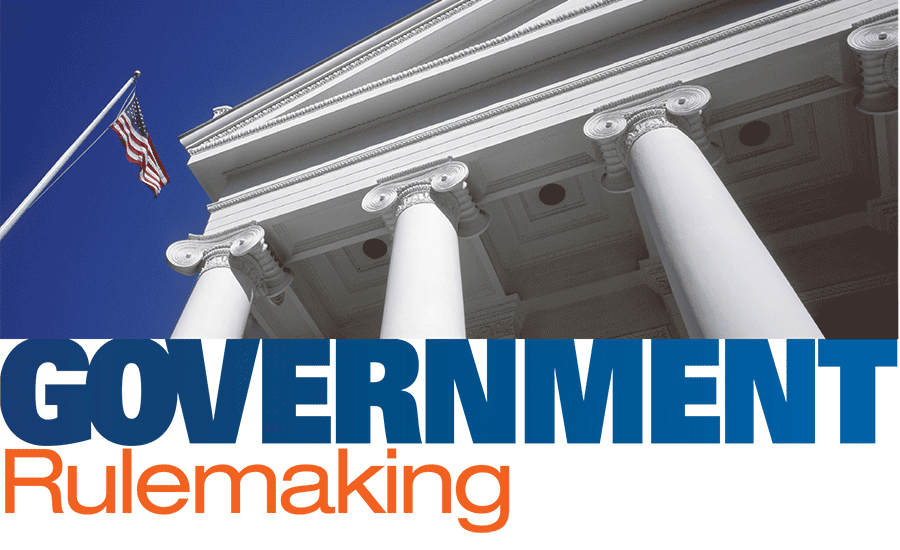On January 21, 2021, in an effort to provide enforcement of more stringent worker safety standards, President Biden issued an Executive Order (‘EO”) on Protecting Worker Health and Safety.
Referring to the health and safety of workers as being a “national priority and a moral imperative,” the Protective Worker Health and Safety Executive Order states that the federal government must provide “science-based guidance to help keep workers safe from COVID-19 exposure, including with respect to mask-wearing; partnering with State and local governments to better protect public employees; enforcing worker health and safety requirements; and pushing for additional resources to help employers protect employees.” Updated guidance from OSHA must be released by the Labor Secretary (Boston Mayor Marty Walsh has been tapped by Biden for the role) within two weeks while any emergency temporary standards that are deemed necessary, such as the compulsory wearing of masks in the workplace, must be implemented by March 15.
“Healthcare workers and other essential workers, many of whom are people of color and immigrants, have put their lives on the line during the coronavirus disease 2019 (COVID-19) pandemic,” reads the order. “It is the policy of my Administration to protect the health and safety of workers from COVID-19.”
“By issuing this overdue and desperately needed executive order on his first full day in office, President Biden is clearly prioritizing strong COVID-19 protections for working people,” said Richard Trumka, AFL-CIO’s president, in a statement shared by Construction Dive. “Strong enforceable standards would require employers to develop workplace safety plans, implement science-based protection measures, train workers and report outbreaks.”
The order also calls on the Department of Labor to launch a multilingual public engagement blitz to help better inform workers of their rights under the Occupational Safety and Health Act. As detailed in the order, the awareness campaign “shall include engagement with labor unions, community organizations, and industries, and place a special emphasis on communities hit hardest by the pandemic.”
The EO specifically orders OSHA to:
-
issue, within two weeks of the date of the EO, revised guidance to employers on workplace safety during the COVID-19 pandemic;
-
consider whether any emergency temporary standards on COVID-19, including with respect to masks in the workplace, are necessary, and if such standards are determined to be needed, issue them by March 15, 2021;
-
review the enforcement efforts of OSHA related to COVID-19 and identify any short-, medium-, and long-term changes that could be made to better protect workers and ensure equity in enforcement;
-
launch a national program to focus COVID-19- related OSHA enforcement efforts on violations that put the largest number of workers at serious risk or are contrary to anti-retaliation principles;
-
coordinate with states that have occupational safety and health plans* approved under section 18 of the Occupational Safety and Health Act (29 U.S.C. 667) (“Act”) to help ensure that workers covered by such plans are adequately protected from COVID-19, consistent with any revised guidance or emergency temporary standards issued by OSHA; and
-
team with the U.S. Department of Labor’s public affairs office and OSHA’s regional offices nationwide to create and implement a multilingual outreach campaign to inform workers and their representatives of their legal rights, which will include “engagement with labor unions, community organizations, and industries, and place a special emphasis on communities hit hardest by the pandemic.”
Although the EO does not direct OSHA to issue emergency temporary standards, the agency is generally expected to do so. According to OSHA Standards Development, if issued, the emergency temporary standards would take effect immediately and last no longer than six months, unless adopted as a permanent standard. Of note, several states, including California, Oregon, Michigan and Virginia, have already implemented their own emergency standards.
* State plans are OSHA-approved workplace safety and health programs operated by individual states or U.S. territories. There are currently 22 state plans covering both private sector and state and local government workers, and there are six state plans covering only state and local government workers.

